Before the world became digital, wireless, and seamlessly silent, our daily lives were accompanied by a symphony of mechanical sounds that marked the rhythm of our existence. These auditory touchstones—now increasingly rare—once formed the backdrop to everyday moments, their familiar notes instantly recognizable to anyone who lived through the era. For Baby Boomers who grew up in a world built of metal, wood, and analog technology, these sounds weren’t just noise but reassuring confirmations that machines were working, connections were being made, and life was proceeding as expected. Join us as we revisit these vanishing soundscapes and the memories they evoke.
1. The Ka-Chunk and Whir of a Slide Projector Advancing
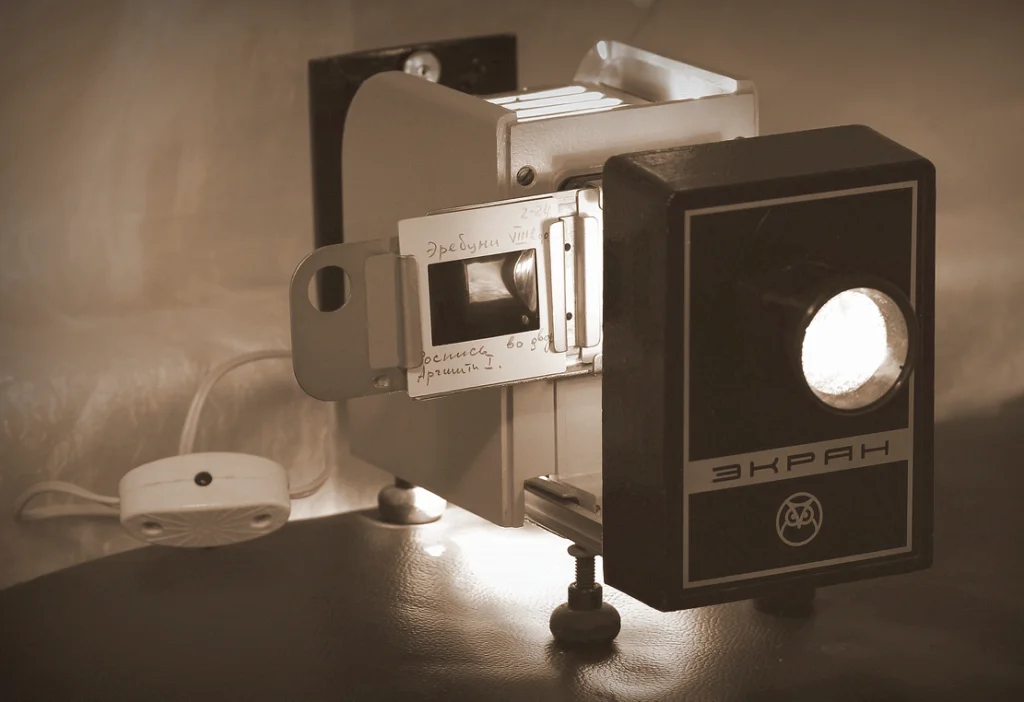
Family gatherings and school classrooms alike resonated with the distinctive mechanical sound of slide projectors advancing to the next image. The anticipatory click as someone pressed the button, followed by the satisfying ka-chunk as the carousel rotated and settled into position, punctuated vacation slideshows and educational presentations alike. Each slide’s appearance was an event, accompanied by its own mechanical fanfare. For those curious, Legacybox looks further into the fascinating way these nostalgic tools operated.
The rhythmic sound of advancing slides created natural pauses in storytelling, allowing narrators to prepare their next anecdote and viewers to fully absorb each image before moving on. The mechanical fan whirring constantly in the background added white noise that somehow enhanced concentration rather than distracting from it. When the final slide appeared and the empty carousel continued to click fruitlessly, the hollow sound signaled the end of a shared experience—whether it was Aunt Martha’s tour of the Grand Canyon or a teacher’s visual journey through ancient Rome.
2. The Bell and Carriage Return of a Manual Typewriter
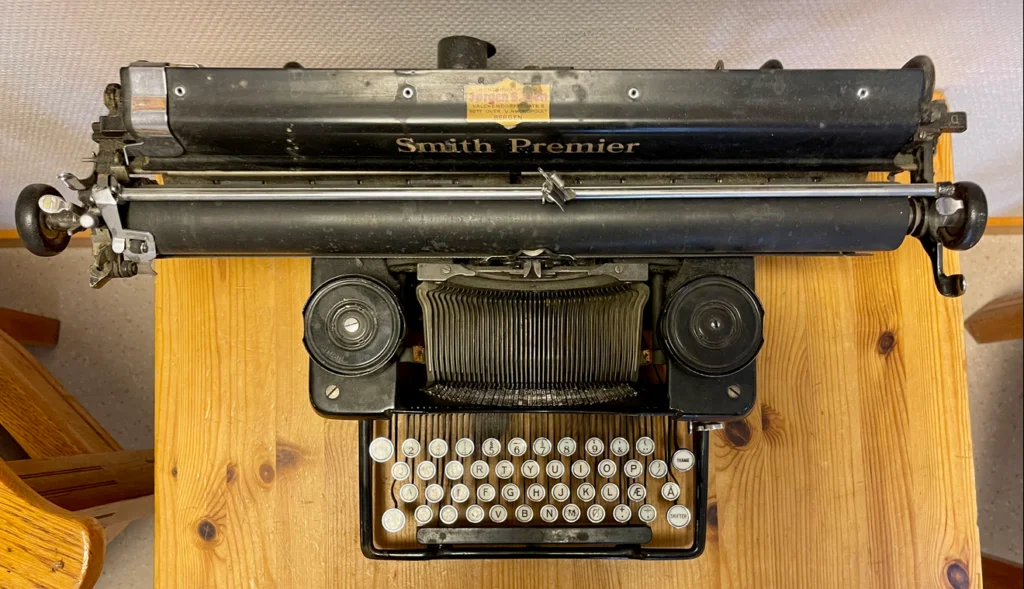
The industrious clatter of typewriter keys striking paper created the soundtrack of productivity for generations of office workers, journalists, and aspiring novelists. Each keystroke produced an immediate, tangible result—letter appearing on paper accompanied by the satisfying mechanical action. But the true auditory pleasure came at the end of each line, when the typist slammed the carriage return lever, producing a delightful “ding” followed by the zip-swoosh of the carriage sliding back to begin the next line. The Saturday Evening Post asserts that there are still many benefits unique only to typewriters, making them well worth continued use to this day.
This distinctive sound pattern—clack-clack-clack-DING-zip-swoosh—repeated countless times throughout the workday, creating a rhythm as recognizable as a heartbeat. The variations in tempo revealed the typist’s skill and the urgency of their task—from the hesitant pecking of a beginner to the machine-gun rapidity of an experienced secretary. Modern keyboards attempt to recreate the tactile satisfaction with “mechanical” switches, but nothing can replace the symphony of sounds that accompanied creating a document when each letter required physical force and resulted in immediate, visible results.
3. The Static Crackle Before a Vinyl Record Starts Playing
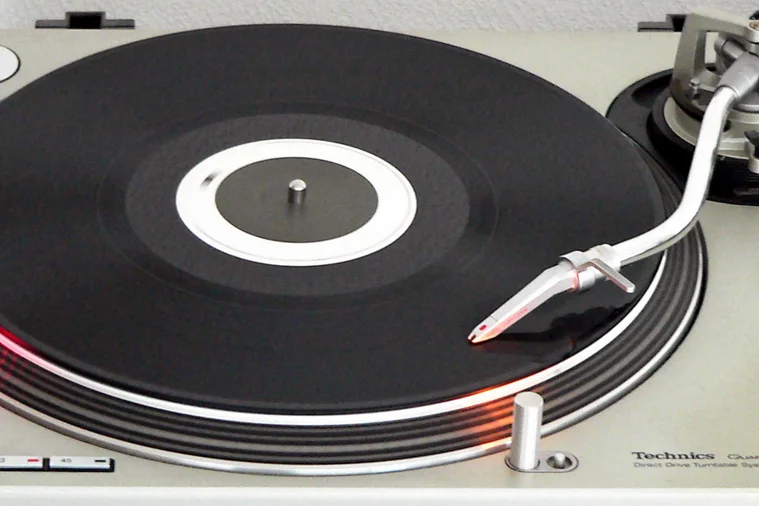
In the breathless moment between lowering the needle and the beginning of music, that distinctive surface noise of vinyl created anticipation unlike anything in our digital age. The soft crackle and pop—unique to each record based on its wear and condition—served as an overture to the listening experience, a tactile reminder that music was physical, imperfect, and gloriously real. Each listening session began with this ritual sound that signaled the transition from everyday life to musical escape. Excitingly, Camoin Associates reports that vinyl records are enjoying a steady comeback even in this digital age, showing the enduringly defiant power of nostalgia.
Living rooms across America fell silent as family members recognized this sound, knowing that someone had carefully selected an album, removed it from its sleeve, and placed it on the turntable—a deliberate choice that demanded attention rather than serving as background noise. The occasional skip or scratch wasn’t an imperfection but a familiar landmark in a beloved recording, as recognizable as the songs themselves. Today’s pristine digital streaming may deliver technical perfection, but it can never replicate that intimate, anticipatory crackle that connected listeners directly to the musical experience.
4. The Heavy Thunk of a Car Door Closing
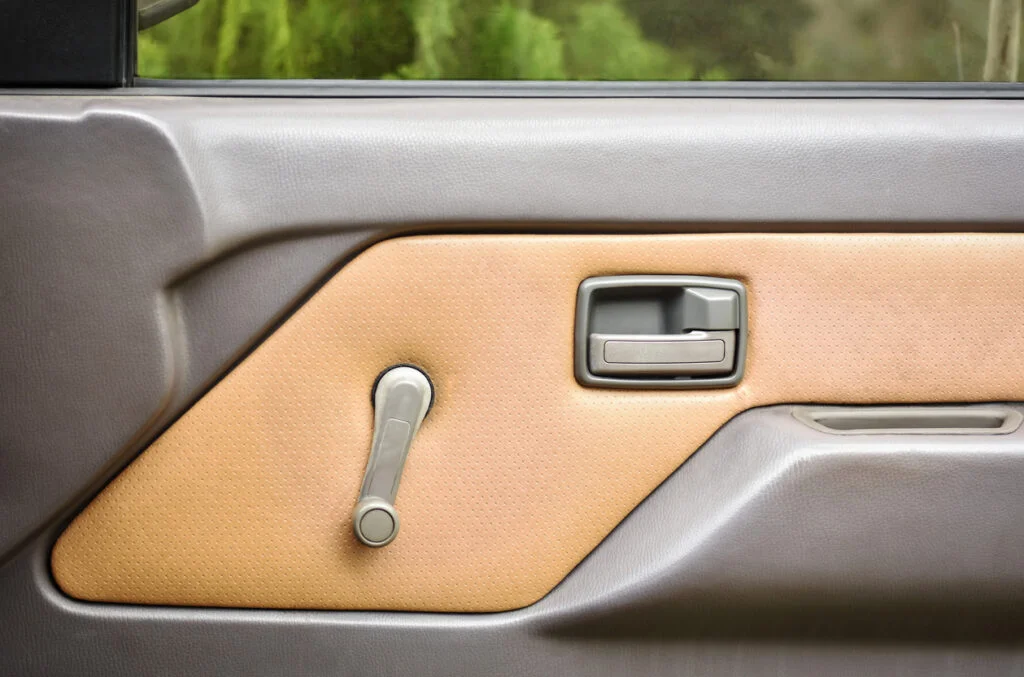
That satisfying, solid sound of a car door closing on vehicles built before lightweight materials became standard wasn’t just noise—it was security incarnate. The substantial metal doors of ’60s and ’70s automobiles closed with authority, the sound reverberating through the chassis as the heavy latch engaged with mechanical certainty. That unmistakable “thunk” signaled quality and safety to a generation that measured a car’s worth by the solidity of its construction.
Parents waiting up for teenage drivers could identify their child’s safe return home by that distinctive sound without even looking out the window. Modern cars, with their sound-dampening features and lightweight materials, try to recreate this acoustic reassurance electronically, but nothing compares to the authentic mechanical symphony of a well-built Oldsmobile or Buick door closing after a family outing. For many Baby Boomers, that sound represented not just transportation but the American dream itself—durable, dependable, and built to last.
5. The Mechanical Ding of a Gas Station Bell
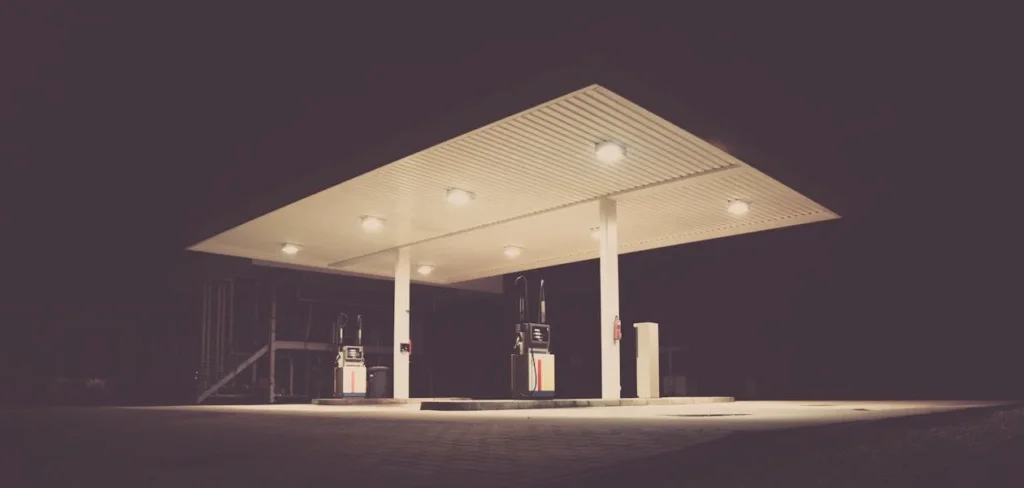
Before self-service became the norm, pulling into a gas station triggered a distinctive “ding-ding” as your tires rolled over the pneumatic hose stretched across the entrance. This simple sound activated a flurry of activity as attendants—often teenagers earning summer money—rushed to your car to pump your gas, check your oil, and clean your windshield without even being asked. The sound promised immediate service and human connection in an era when “full-service” truly meant something.
The mechanical simplicity of this alert system—compressed air pushed through a tube to ring a bell—reflected the straightforward nature of business transactions in a pre-digital age. No apps, no loyalty programs, just the reassuring ding that signaled you were about to receive service with a smile and perhaps a free road map or drinking glass if you filled up the tank. That distinctive sound, now almost entirely extinct, embodied an America where personal service was standard rather than premium, and face-to-face interactions defined consumer experiences.
6. The Shaking and Developing of a Polaroid Picture
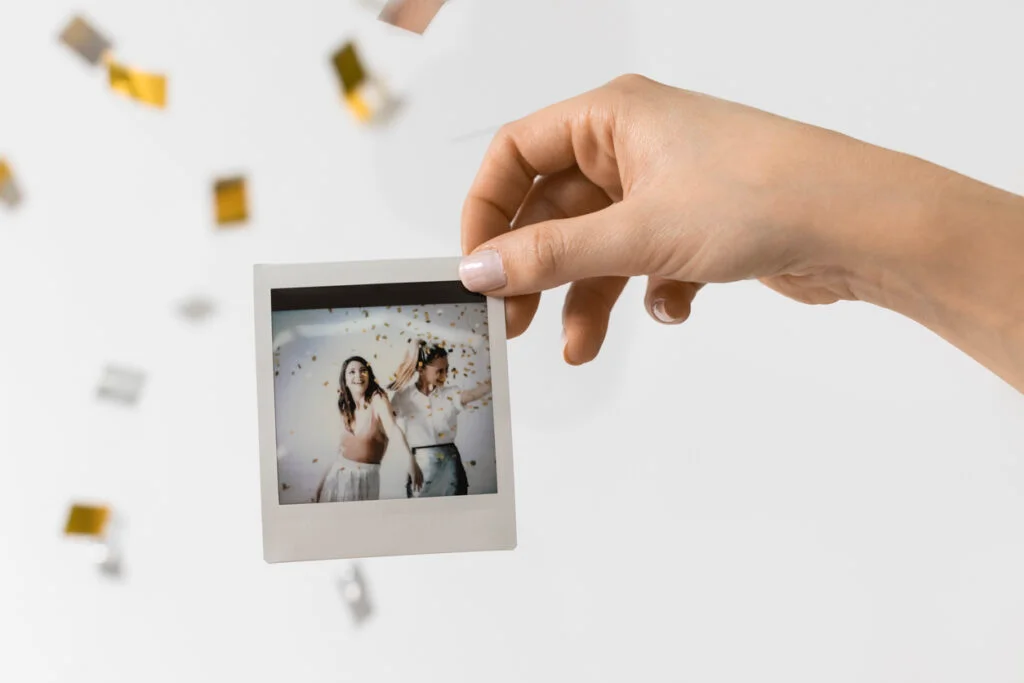
The soft whirring as a Polaroid camera ejected its square of photographic potential was just the beginning of a multi-sensory experience that defined instant photography. The real magic lay in the distinctive flapping sound as someone shook the developing picture—a completely unnecessary action that became universal despite the company’s insistence that it didn’t help. The rhythmic shake-shake-shake became a ritual of anticipation, almost like a rain dance to coax the image into appearing.
Gatherings fell momentarily silent as friends crowded around to watch colors and shapes slowly materialize from the chemical murk of the developing picture. The soft clicking of the time-developing mechanism inside the film counted down the seconds until the mystery would be revealed. Unlike digital photography with its instant results and endless retakes, each Polaroid represented a small investment of money and time, making the anticipatory sounds all the more significant. When the picture finally appeared, the collective gasp of recognition or groan of disappointment completed the sonic experience.
7. The Rotary Dial Returning After Each Number
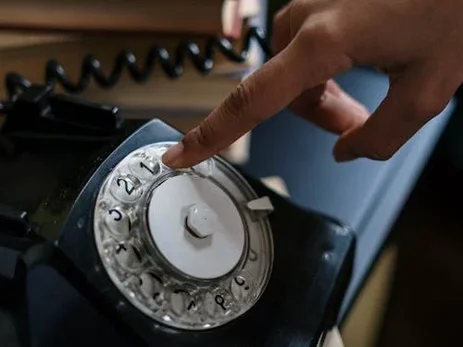
The distinctive zip-whirr of a rotary telephone dial spinning back to its resting position after each digit created a unique rhythm to phone calls that modern button-pushing can’t replicate. Each number required deliberate action—finger inserted into the appropriate hole, dial rotated clockwise until it hit the metal stop, then released to return with that satisfying mechanical sound. Long-distance calls became percussion performances, with larger numbers like 9 and 0 creating longer, more dramatic returns.
The enforced pauses between digits made phone numbers easier to remember as rhythmic patterns rather than mere sequences of numbers. Misdials were immediately apparent and frustrating, requiring the caller to hang up and begin the entire mechanical symphony again. The deliberate nature of rotary dialing discouraged casual calls and created a sense of commitment to the communication about to take place. When someone bothered to perform the elaborate physical choreography required to call you on a rotary phone, you knew they really wanted to talk.
8. The Metallic Chunk of a Vending Machine Accepting Coins
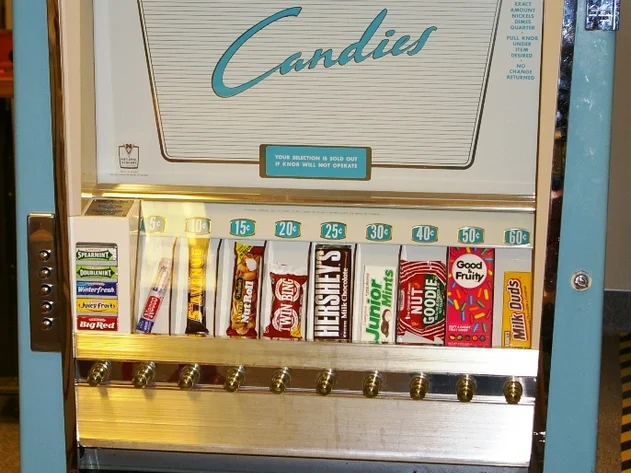
The deeply satisfying clunk of quarters dropping into a vending machine’s coin mechanism represented the perfect blend of anticipation and confirmation. The distinctive sound—different for each denomination of coin—announced that commerce was about to occur, a simple transaction between human and machine with no middleman required. The metallic finality of accepted currency created a moment of commitment; there was no changing your mind after hearing that sound.
The subsequent mechanical chorus varied by machine—the clatter of a spiral coil releasing a candy bar, the sequence of a cup dropping into position followed by the splash of soda and clinking ice, or the complex whirring of a small crane attempting to grasp a stuffed animal. Each machine had its characteristic voice, instantly recognizable to regular users. The disappointment when a bent coin failed to register or a selected item got stuck mid-delivery was equally audible, prompting the universal response of tipping or shaking the machine to complete the transaction.
9. The Kachunk-Pssshhh of a Tab Being Opened on a Soda Can

Before stay-on tabs became standard, opening a can of soda involved a two-step process that created one of the most recognizable sounds of casual refreshment. The distinctive metallic snap as the removable tab broke free from the can, followed immediately by the satisfying pssshhh of carbonation escaping, signaled the beginning of a simple pleasure. That dual-note sound was so distinctive that you could identify it with your eyes closed, even in a crowded room.
The physical evidence of this sound—the detached metal tabs themselves—became environmental concerns that led to design changes, but not before they became impromptu jewelry for a generation of teenagers who collected them on chains and necklaces. The sound of several tabs jingling together on a belt loop or around someone’s neck became its own acoustic signature of youth culture. Modern cans may be more environmentally friendly, but they’ve lost something of the ceremonial quality that made the original opening experience so aurally distinctive.
10. The Flashbulbs Popping at Special Events
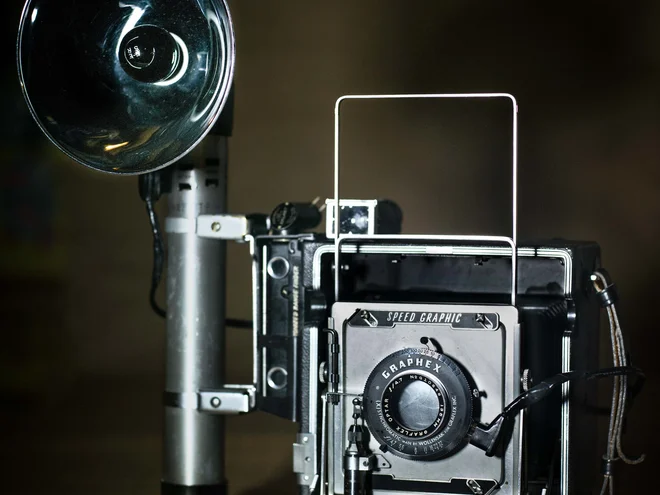
Before digital photography made image capture silent and unlimited, special occasions were punctuated by the distinctive pop-pop-pop of flashbulbs firing. Each flash represented a significant expense—both the bulb itself and the frame of film—making every press of the shutter button a deliberate choice. The chorus of flashes at weddings, graduations, and holiday gatherings created a symphony of celebration, a public announcement that something worth preserving was happening.
The auditory experience wasn’t just the initial pop but the peculiar high-pitched whine of the flashcube rotating into position or the capacitor recharging for the next shot. Subjects learned to maintain their smiles not just during the flash but through the subsequent mechanical sounds, knowing another photo might follow. The distinctive smell of burned flashbulbs became intertwined with the sound in memory, creating a multi-sensory landmark of important moments. Today’s silent, odorless digital photography captures more images but perhaps with less sensory impact.
11. The Whistle-Rumble of a Train at a Distant Crossing
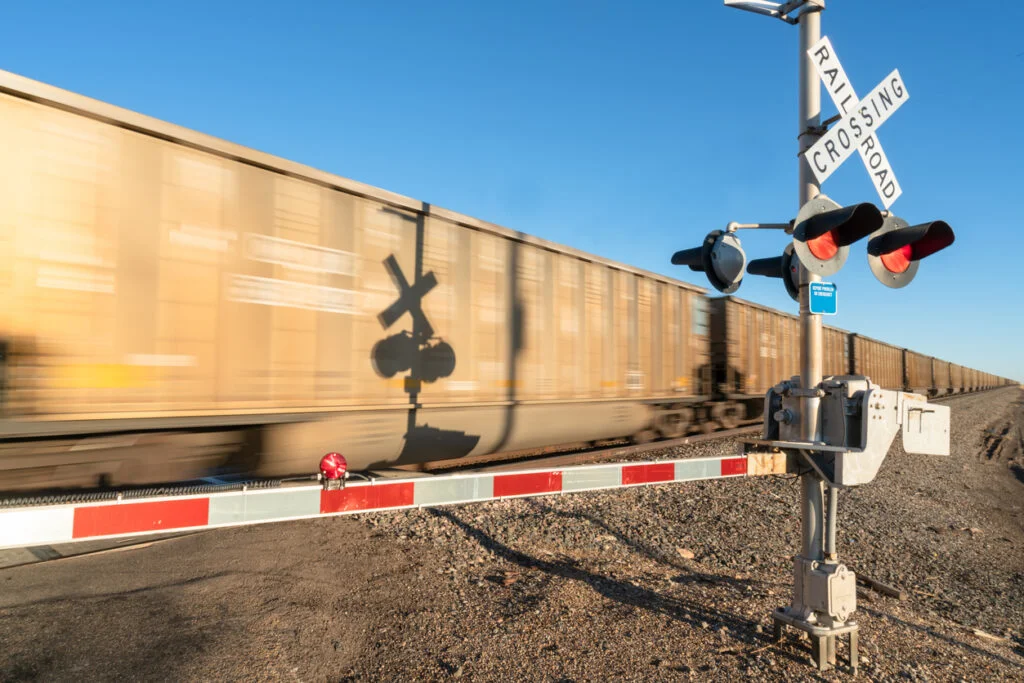
In communities across America, the lonesome wail of a train whistle followed by the distant rumble of boxcars crossing tracks served as a temporal landmark throughout the day and night. The distinctive pattern—two long whistles, one short, one long—announced the train’s approach to a crossing, a communication system that remained unchanged for generations. The subsequent clickety-clack rhythm of wheels on tracks created a metronomic backdrop to daily life in towns built along the railways.
For children, these sounds fueled imagination about distant destinations; for adults, they marked the passage of time as reliably as clock chimes. The Doppler effect as the train approached and then receded created a naturally occurring lesson in physics that every child understood instinctively. As diesel replaced steam and railroad traffic diminished, these sounds became less common, but for many Baby Boomers, a distant train whistle at night still evokes powerful nostalgia for childhoods spent in smaller, simpler communities where trains connected them to the wider world.
12. The Television Station Sign-Off with National Anthem

In an era before 24-hour broadcasting, the day’s television programming concluded with a distinctive audio sequence that signaled bedtime for many American households. The solemn tones of the national anthem accompanied by patriotic imagery represented the transition from entertainment to silence. The subsequent announcement—”This concludes our broadcast day”—followed by the harsh electronic tone of the test pattern created a definitive endpoint to the day’s media consumption.
Parents used this familiar sound sequence as a natural bedtime enforcement tool—once the test pattern appeared, arguments about staying up “just a little longer” became moot. The static that followed on many channels created white noise that lulled early insomniacs to sleep in darkened living rooms. This auditory boundary between one day and the next has disappeared in our always-on media environment, removing a shared cultural moment that once synchronized households across the nation. For many Baby Boomers, the sound of the national anthem still triggers an almost Pavlovian drowsiness, a conditioned response to this nightly ritual.
The sounds that defined daily life for generations continue to resonate in memory long after the technologies that produced them have become obsolete. These acoustic landmarks connected us to our machines, our communities, and each other in ways that today’s quieter, more efficient devices cannot replicate. While progress has brought countless conveniences, something has been lost in the transition to our sleeker, more silent world—the reassuring soundtrack of mechanical reliability and the shared auditory experiences that once marked our days. Perhaps that’s why so many digital applications now offer “vintage” sound effects—the satisfying click of a camera shutter or the whir of film rewinding—as we seek to reconnect with the comforting soundscape of a more tactile, audible era.


